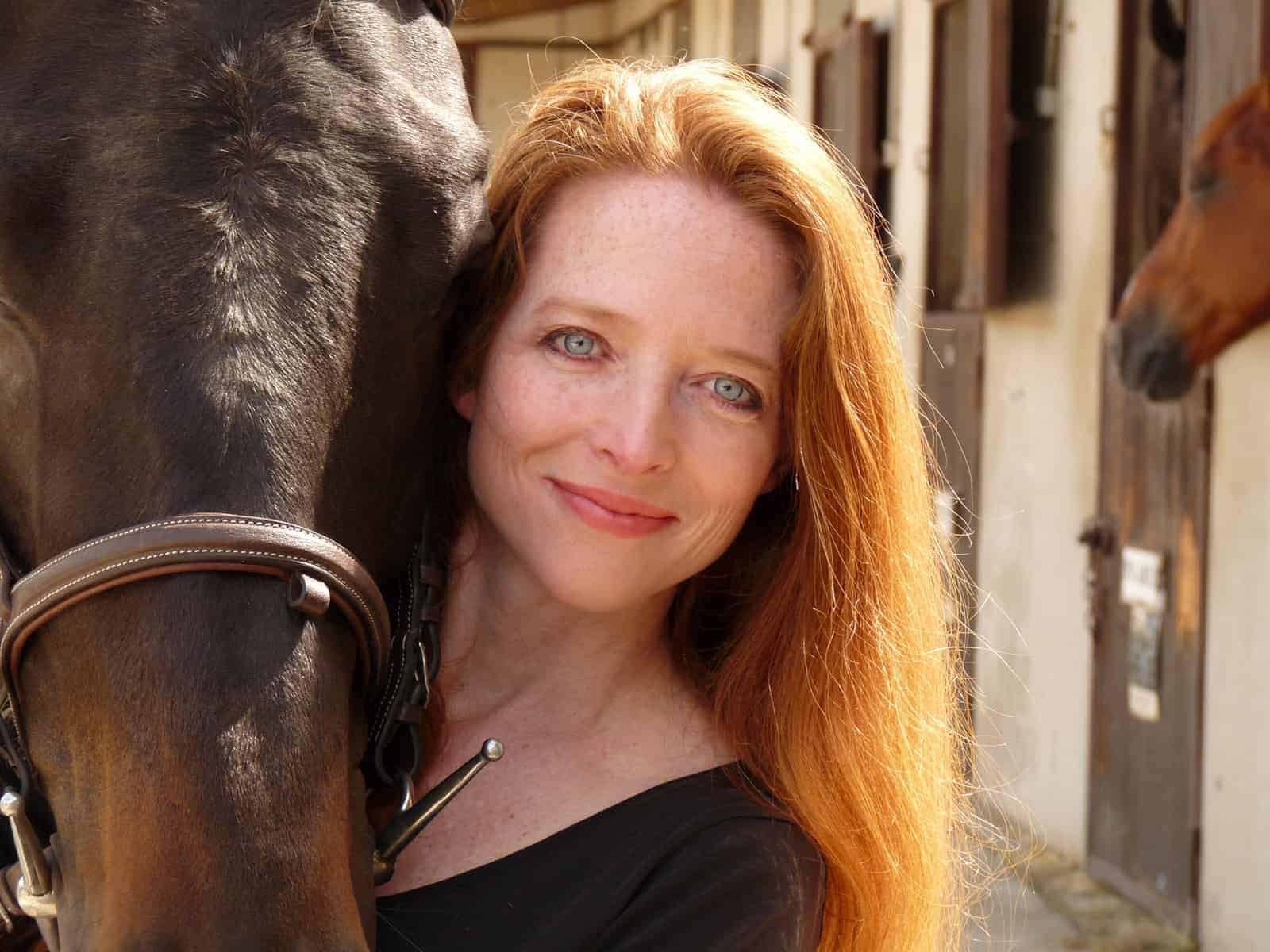Study Examines Method to Reduce Pawing Frequency
- Topics: Article, Behavior, Horsemanship Science
A pawing horse could be at risk of a number of things—digging holes, pulling shoes, or even injuring himself or his handlers. But instead of yelling, “Stop it!” or giving him a smack, researchers have determined that you could effectively help him reduce pawing behavior through positive reinforcement. It’s all about teaching him that if he does something else—even just standing still—he’ll get a food reward, the team said.
With a process called differential reinforcement of other behavior (or DRO), horses can learn to choose to partake in a different activity besides pawing and get rewarded for that other behavior. The “other behavior” could be waiting patiently, exploring the handler, or anything at all besides pawing. It’s “differential” because the training reinforces the horse when it’s not engaged in a specific behavior. In other words, it differentially reinforces the absence of a behavior, said Adam Fox, PhD, assistant professor of psychology at St. Lawrence University, in Canton, New York.
While many people use punishment to stop a horse from pawing, Fox said this technique could cause safety concerns. Horses can try to avoid aversive stimuli (a whip, for example) through conflict behavior such as rearing, biting, and kicking. In the process, he can injure himself or others. “Positive reinforcement techniques are more effective and much less dangerous,” he said.
In their study, Fox and Devon Belding, BSc, also of St. Lawrence University, tested three horses known to paw consistently when cross-tied
Create a free account with TheHorse.com to view this content.
TheHorse.com is home to thousands of free articles about horse health care. In order to access some of our exclusive free content, you must be signed into TheHorse.com.
Start your free account today!
Already have an account?
and continue reading.

Written by:
Christa Lesté-Lasserre, MA
Related Articles
Stay on top of the most recent Horse Health news with















